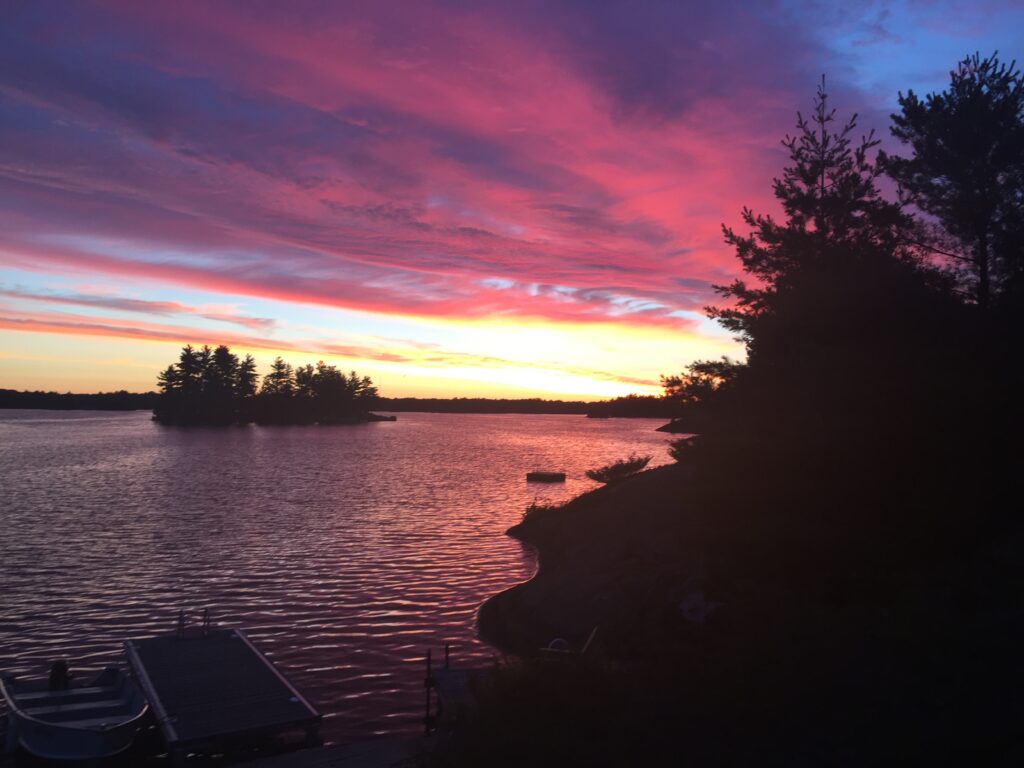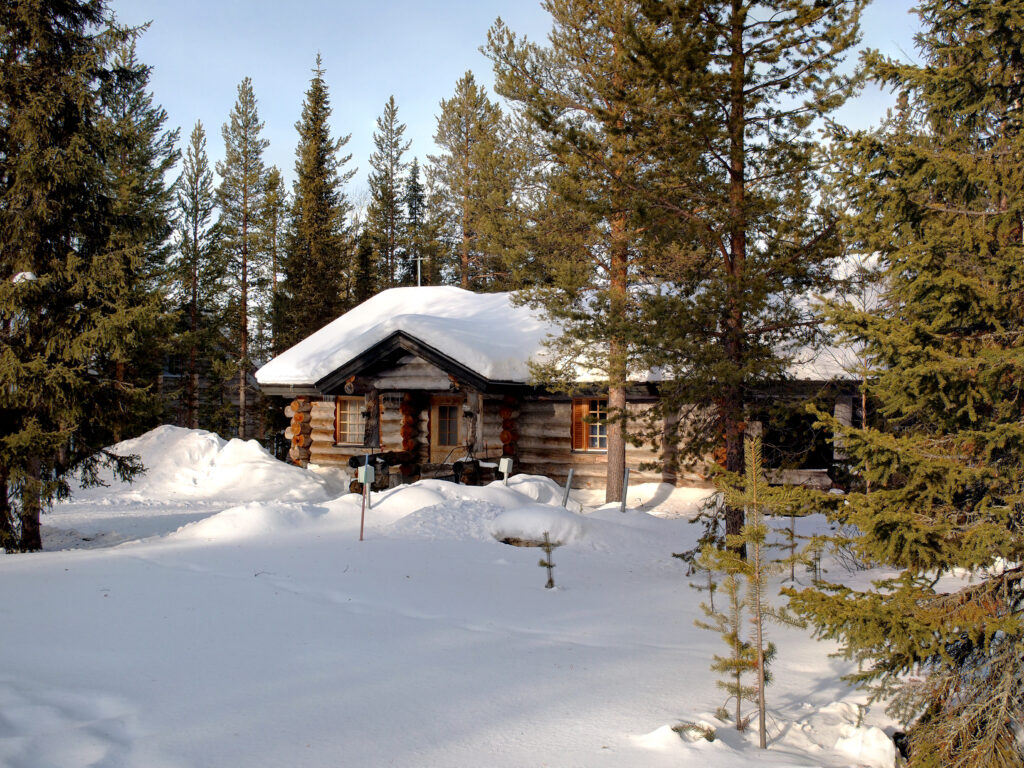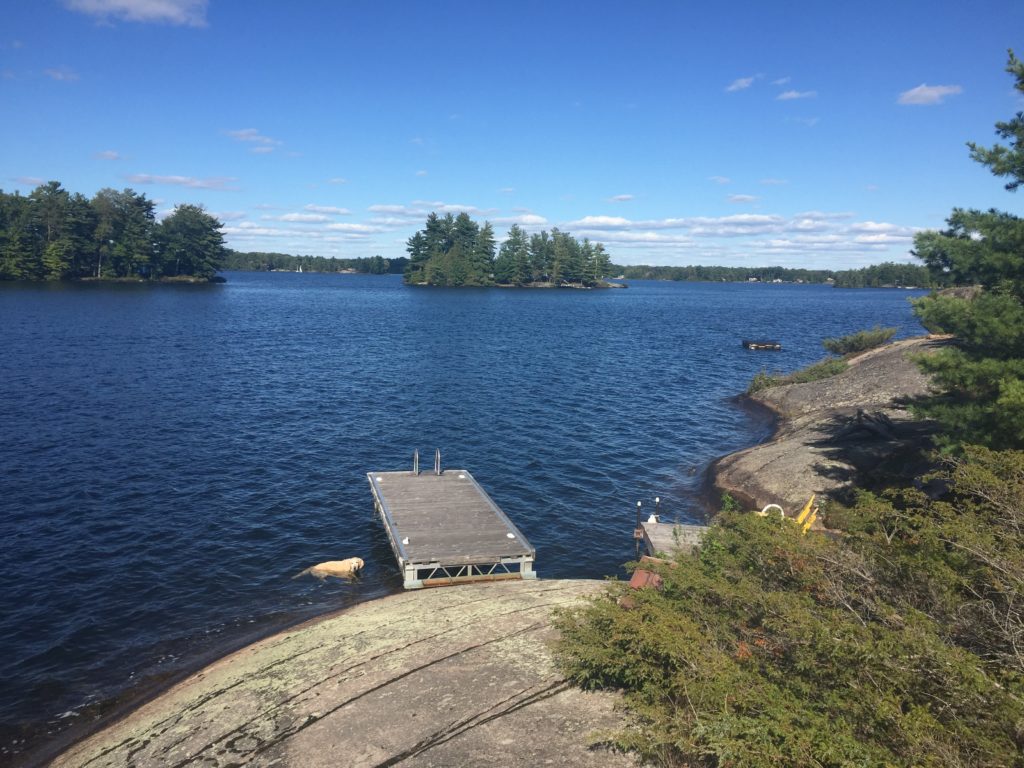
This Spring, we’re seeing increased demand for cottages in the Peterborough area and surrounding Kawartha lakes. While it’s a trend that’s been growing over the past few years, it seems the recent completion of Highway 407 has opened up the Kawartha’s to people living in the West GTA including Mississauga, Oakville, Brampton, etc… I sometimes wonder if people are looking to buy a cottage as a way to escape the city with our new COVID-19 world and restricted travel rules. This increased demand has made it more challenging to locate that perfect Kawartha cottage – however, with some focus, careful planning and local knowledge, you can still find great value here. I’ve put together 5 quick tips to help with your search.
Tip #1 – Determine your ‘must-haves’, ‘nice to haves’, and ‘not needed’ requirements.
This sounds simple, but I can’t stress how key it is to put this to paper. It’s a process that will pay off in dividends as you really can’t effectively begin the process without this understanding. Ask such questions as:
- Seasonal or winter use?
- Approx. distance/time willing to travel?
- The number of bedrooms?/size?
- Are you handy and looking for ‘fixer-upper’ or ‘turn-key’?
- Do you have plans of retiring at the Lake?
- How important is being close to shopping, entertainment, culture, dining, recreation, healthcare?
- Are you an avid boater? fisherman? swimmer? canoeist? snowmobiler?
- How key is privacy versus being within a community?
- Have you considered Water Access Cottages?
- Will you be looking to rent your cottage to offset costs?
While it’s easy to say “yes” to all these requirements, it comes with a cost. Are you prepared to spend $850,000 or more? Defining your requirements lets a seasoned Real Estate Professional direct your search to lakes and cottages in the Kawartha’s that align with your needs.
Tip #2 – Work with an agent that understands the area.
Once establishing your use, you can begin to target geographically on the region that is best suited for your ideal cottage. In the Kawartha’s, we are blessed with two significant geographic features – the Canadian Shield and the Trent Severn Waterway.
Typical of the Canadian Shield are deep, rock-based lakes, often spring-fed, which tend to result in fewer weeds and a more ‘Group of Seven ‘ type scenery. This area of rock geography becomes prominent just North of Lakefield Ontario or the Buckhorn area. While there are exceptions, those looking for that ‘true Canadian’ type cottage experience will focus on Lakes such as Ston(e)y Lake, Jacks Lake, Kasshabog Lake, Chandos Lake, and the chain of seven including Catchacoma Lake. While there are hundreds of smaller lakes, these tend to be the popular, bigger ‘shield’ lakes.
The Trent Severn is a boater’s dream, providing the opportunity to travel from Lake Ontario to Georgian Bay. Locally, there are many wonderful destinations including villages, resorts, restaurants, and shopping that line the Trent Severn. However, below the Canadian Shield, these lakes are primary mud bottom with lots of weeds. Exceptional for commuting, fishing, and boating, but often considered less than ideal for swimming. Stony Lake is one exception as the shield emerges but there are weedy bays in Stony lake as well. Lakes that are in the Kawartha Region of the Trent include Chemong Lake, Pigeon Lake, Buckhorn Lake, Big Bald Lake, Little Bald Lake, Clear Lake, and others.
If you’re looking to combine the best of the Shield with Trent Severn Access, you’ll be in the highest price segment of the Kawartha cottage market.
Tip #3. Seasonal or Winter Use. It’s a big question.
In the past, cottagers built on piers for foundations – a more than adequate technique that still dominates the seasonal cottage landscape today. Most of us growing up with cottages have experienced jacking up a leaning pier at one time or another. However, if you’re looking for 4 season use, you’ll need a full perimeter foundation or at least a mechanical area you can close in and heat. Replacing piers with foundations can be expensive but worthwhile if the structure is suitable.

In seasonal use, we drain the water system in the Fall, lock up and leave till Spring. Some cottagers will attempt ‘winter camping’ at the cottage but without running water… that means outhouse – ever seen a styrofoam toilet seat and wondered why? Full winter use means having a reliable heating source (typically electric or propane) and a power generator. If you’re not living at the lake, it needs to be automatic to ensure your plumbing does not freeze during power outages. <Side note: I’ve had many an interesting chat about systems designed to be ‘fired up’ for a winter weekend and then drained easily before leaving. Text me if you’d like to discuss and debate>
Of course, this is a topic of its own as the choice of building, insulating and finishing materials is key. For example, drywall does not like the process of being heated back and forth from sub-zero temps. Mold can form and that’s just the start of your challenges. <Note: Wood interiors are a better choice in this senario.>
This debate results in budget implications- a properly designed, four season cottage will cost more to build, purchase, insure, and maintain. Be certain its important as a large portion of your budget will be directed towards this requirement. On fixed budgets, that will mean compromising elsewhere.
Tip #4 – It’s all about the waterfront.
Let’s face it – you’re purchasing a cottage for the waterfront. But that can mean different things to different people. Some prefer deep, weed-free frontage that’s ideal for swimming while others are looking for shallow entry, which is kid and senior-friendly. I’ve had clients that don’t swim and love weeds off their dock for fishing while others demand a clear, hard bottom. <note: purchasing clear, clean frontage is no guarantee it will remain that way, especially if you feel the need for a ‘golf course’ type lawn at the lake. Fertilizers run through the light topsoil, hit the rock, and feed your weeds, so it’s best to go natural… and leave the lawnmower at home.>
What direction does the property face? Do you get that coveted Western Sunset view or the East-facing glory of an early morning sunrise? Whatever your choice, be aware of the water level fluctuations that occur during the year to best understand the property you’re considering. And a quick note on docks – shallow areas tend to be ideal for crib or leg docks whereas deeper frontage is perfect for floating docks. I’m a floating dock guy regardless as I don’t like removing docks in the Fall and re-installing in Spring. I simply tow mine into a protected area of my shoreline and leave them in the lake. 30 years later, the same floating dock serves its purpose (but could really use a fresh decking upgrade).

Tip #5 – Water Access or Road? It’s more than just price.
I’ve written in a past blog about my experiences growing up with a water access cottage and the strange day when I connected to a road and the family cottage of 50 years became road access… While I gained many conveniences, there was something also lost in the cottage routine of my past.
Water access cottages may very well represent the best opportunity for first-time buyers on a tight budget. They often price $100K++ less than comparable road access cottages and they don’t typically sell as fast either. However, there are currently several million dollar plus water access island cottages on the market. There is something very special and nostalgic about leaving the car behind and adventuring forth by boat.
Regardless, be sure to know of parking options, costs, deeded access provisions, and/or annual road dues. I know of one lake in the Kawartha’s where the cottagers assembled together years ago to purchase the local marina and hire out its operation. These cottages hold ‘shares’ in the marina and the potential to recover their initial investment.
Cottage buying is a unique real estate transaction, unlike purchasing a home in the city. It’s wise to work with a realtor who understands construction techniques, water, septic and docking systems and who has experience both as a cottager and within the area you’re looking. Be patient but also be prepared and be ready – great cottages go quickly. Good Luck!
If you are not currently working with a realtor and would like to discuss the purchase of a cottage in the Kawartha Lakes, please do not hesitate to contact me personally. With 50+ years of cottaging experience, ranging from designing, building, and selling luxury waterfront homes to simple, rustic seasonal cottages, I’m ready to roll up the sleeves and get to work. I’m also happy to answer any questions and support your search. You can reach me at 705.933.9191.
Good Luck and Stay Safe!